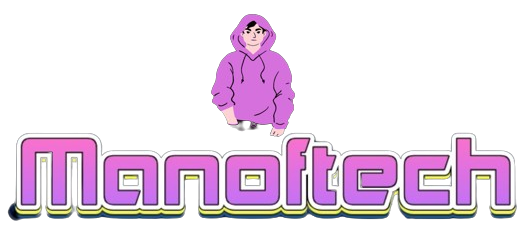Evolution of E-learning
The evolution of e-learning platforms has been nothing short of revolutionary, transforming the landscape of education and providing learners with unprecedented access to knowledge. This article delves into the journey of e-learning platforms, tracing their evolution from simple online courses to sophisticated, interactive ecosystems that shape the future of education.
1. Emergence of Online Courses
The roots of e-learning can be traced back to the emergence of online courses in the early days of the Internet. These courses typically consisted of text-based content supplemented with images and simple assessments. As internet infrastructure improved, learners gained the flexibility to access educational materials from anywhere, at any time.
2. Multimedia Integration
The evolution of e-learning witnessed a significant shift with the integration of multimedia elements. Video lectures, audio content, and interactive simulations became common features, enhancing the engagement and learning experience for students. This multimedia approach catered to diverse learning styles and laid the foundation for more interactive platforms.
3. Rise of Learning Management Systems (LMS)
Learning Management Systems (LMS) marked a crucial milestone in the evolution of e-learning. LMS platforms centralize course management, providing educators with tools to create, deliver, and track online courses. These systems streamlined administrative tasks, fostering the growth of e-learning in academic institutions and corporate settings alike.
4. Interactive and Gamified Learning
Recognizing the importance of engagement, e-learning platforms evolved to incorporate interactive and gamified elements. Gamification techniques, such as badges, points, and leaderboards, were introduced to motivate learners and make the educational experience more enjoyable. Interactive simulations and virtual labs further enriched the learning process.
5. Adaptive Learning Algorithms
The integration of adaptive learning algorithms marked a significant advancement. These algorithms analyze a learner’s progress and adapt the content to suit individual needs, providing personalized learning paths. This approach ensures that learners receive targeted content, that addresses their strengths and weaknesses.
6. Mobile Learning (M-Learning)
The proliferation of smartphones led to the rise of mobile learning. E-learning platforms are adapted to mobile devices, offering on-the-go access to educational content. Mobile apps, responsive design, and offline learning capabilities became standard features, making education more accessible and flexible for a global audience.
7. Social Learning and Collaboration
E-learning platforms have evolved to leverage social learning and collaboration. Discussion forums, collaborative projects, and peer-to-peer interactions became integral components. Social elements not only fostered a sense of community among learners but also provided opportunities for collaborative problem-solving.
8. Integration of Virtual and Augmented Reality
The incorporation of virtual and augmented reality into e-learning platforms has introduced immersive experiences. Virtual field trips, simulations, and augmented reality overlays enhance the understanding of complex subjects. This technological leap brought a new dimension to experiential learning.
9. Artificial Intelligence (AI) in E-learning
Artificial intelligence has found its way into e-learning, offering capabilities such as intelligent tutoring systems, automated assessments, and predictive analytics. AI analyzes learner data to provide personalized recommendations, assess performance, and predict future learning needs, contributing to a more adaptive and efficient learning environment.
10. Microlearning and Bite-sized Content
Microlearning gained popularity as e-learning platforms started emphasizing bite-sized, focused content. Short modules, quizzes, and interactive elements allowed learners to consume information in manageable chunks, catering to busy schedules and maximizing retention.
11. Continuous Learning and Skill Development
Modern e-learning platforms focus not only on traditional academic subjects but also on continuous learning and skill development. Professional development courses, certifications, and specialized skill tracks enable learners to stay competitive in a rapidly evolving job market.
12. Blockchain for Credentialing
The use of blockchain technology for credentialing and certification has emerged as a transparent and secure way to verify educational achievements. Blockchain ensures the integrity of academic records, providing a reliable system for employers and educational institutions to validate qualifications.
13. Personal Learning Environments (PLE)
The concept of Personal Learning Environments gained prominence, allowing learners to create customized digital spaces tailored to their preferences. PLEs integrate various tools, resources, and platforms, putting learners in control of their educational journey.
14. Future Trends
The future of e-learning is poised to witness further advancements, including immersive technologies like extended reality (XR), increased use of AI for personalization, and enhanced collaboration tools. As the demand for flexible and accessible education continues to grow, e-learning platforms will play a central role in shaping the learning landscape.
The evolution of e-learning platforms reflects a dynamic journey characterized by technological innovation, adaptability, and a commitment to enhancing the educational experience. From basic online courses to sophisticated, personalized learning environments, e-learning platforms have become indispensable tools in the realm of education. As technology continues to advance, the future holds exciting possibilities, ensuring that e-learning remains at the forefront of educational transformation, making learning more accessible, engaging, and impactful for learners across the globe.


